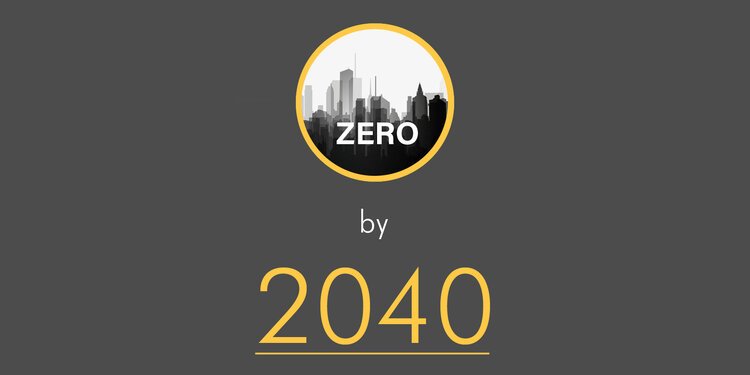Carbon Footprint: Revamp for 2040
Over the past couple of months, even years we have constantly been hearing about our carbon footprint and the 2030 goal; yet, we haven’t really seen any major changes within our communities to reach these goals, we’ve only seen the major impacts with the concurrent droughts, floods, wildfires, storms, sea level rise, extreme weather, higher temperatures, soil degradation, and the insecurity of infrastructure, health, food and water security. We have grown complacent. Since 2008 we have had this major concern and it has been avoided or minimized to be put “out of sight, out of mind.”
You’d think we’d have a plan of action, yet our current plan of action is to use all the assets we have of being able to predict disasters through technology, but we don’t put it to good use. If you’ve noticed, we put out crisis’s one at a time. We rush to all these different catastrophes take all our resources clear up the emergency and then recede and return to normal. But it’s not normal. The environment, human life, and the economy are impacted significantly after every disaster; it shouldn’t be that way. Take our COVID-19 action plan, there really wasn’t one, but you can see what an impact it has had all over the world, it’s evident we immediately took action, used all our resources, put a band-aid on it, and went back to semi-normal.
We need an action plan, this obligation of reaching a carbon footprint by 2030 does not lie on politicians and the economy. We as the building community, architecture, planning, and allied building and construction firms, organizations, and entities, must figure out this action plan and put it into motion. The design industry has used most materials and systems that have caused much of the global CO² emissions. Recently the CarbonPositive’20 Conference and Expo explained how the design industry can initiate the CarbonPositive Footprint through the understanding that designing, planning, building and manufacturing are at the mist of “reducing global CO² emissions by 50% to 65% by 2030 to reach full decarbonization by 2040.” The first steps to achieving this goal is to follow the action plan below:
· Plan and design all new buildings, developments, and major renovations to use no on-site fossil fuels (gas, heating, oil, etc.) and achieve zero carbon building operations.
· Fully electrify buildings when renovating and replacing equipment and systems to eliminate on-site fossil fuel use.
· Promote the adoption of zero-carbon building code standards as soon as possible, with adoption no later than 2025.
· Prioritize renovating and upgrading existing buildings for extended use and re-use.
· Reduce the embodied carbon of all steel and concrete in new buildings and infrastructure by a minimum of 40% by 2021, and zero embodied carbon steel and concrete by 2030.
· Reduce all other building and construction materials to be low to zero embodied carbon (minimum 40% reduction by 2021), and all materials to be zero embodied carbon (or carbon positive) by 2040.
· Promote fossil fuel free construction sites.
There are hundreds of other things we can do in our personal lives to help this motion forward, but within the design community this is the first step. If you want to learn more about the Carbon Positive Reset, check out carbon-positive.org to access this access plan, conference recordings, and more information.

